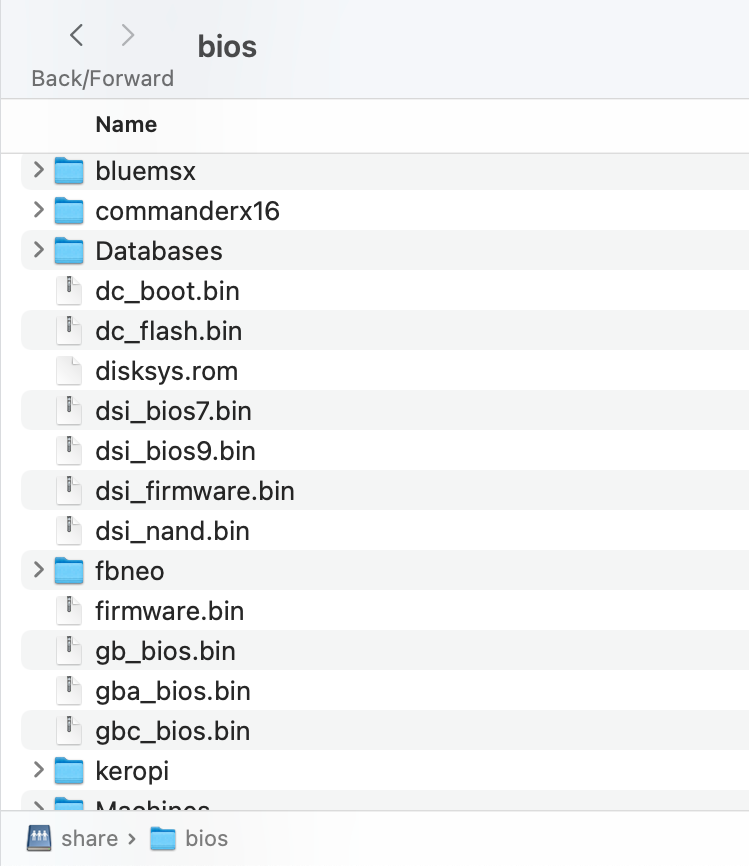For context, I'm new to retro-gaming & emulation.
How I got here:
The Steamdeck became available in my country, and I instantly desired one, but since I have a considerable Steam library that doesn't get played on my laptop and an Xbox S that hasn't been turned on for a year, I had to question if I really could justify something that expensive that might not get played much after a couple of months.
I've heard of Pico-8 games on an unrelated tech podcast, and that interested me. So I googled what handhelds I could play those on, and a few rabbit holes later I was here - a sub $100 handheld that can play retro roms, "up to" PSP - which I own a shoe box of UMDs for. I know my way around Vice City and would like to go back some day.
Screen Format:
The idea of playing PSP games was what tipped me towards a 16:9 screen rather than a squarer format. Perhaps that will turn out to be right for me, but right now I'm regretting it since I'm in a deep nostalgia dive of squarish format games.
Physical:
A lot of youtubers recommending the RGB10 Max3 point to the bulbous back as making it nicer than some others to hold for a while. It's fine - no where near as comfortable as a stock Xbox controller. A lot lighter than my distant memory of the original PSP and the buttons feel cheaper.
I got the transparent black one - I can't read the labels on the "start" and "select" buttons, but that's already staring to not matter at all after a couple of hours of on and off use. The power LED (which I understand can be turned off) is blinding in bed.
System:
I took the common advice to buy better quality SD cards and copy stuff over. In the process I flashed the system card with RockNix. I believe it comes stock with JELOS, but I never booted it with the supplied card so can't confirm. Even though this system is a collection of things from diverse developers, it's very manageable.
My only previous brush with emulation was helping some kids building an arcade machine around a raspberry pie (a while ago) and I remembering it being a lot clunkier to move between emulators etc and getting games going properly. Rocknix/Retroarch is pretty great. A few key-combos to learn but that doesn't take to long. I haven't been getting into tweaking emulator settings, but the out of the box experience for just playing some games is good.
Screen:
Is really good. It's been a long long time since I saw my PSP so it's probably not fair to compare, but I would say the RGB10Max3 is better. Certainly better for viewing angle (which hardly matters for a handheld device).
Controls:
Nearly every review (I've obsessively consumed waiting for this unit to arrive) mentions the poor D-Pad. In some games I don't notice any problem at all, in others I get repeatedly squashed by barrels or eaten by ghosts because of it. Sometimes, swapping to the left joystick solves the problem.
So far:
I'm having a lot of fun. If I am still picking this up and playing with it in a year, that's probably an indication I should have gotten a Steam Deck, but if I've lost interest and passed it on to someone else I probably would have already gotten good value out of it. A third possible outcome is that if it turns out I keep playing 4:3 and similar format games (and especially if I have a go at developing some PICO-8), I might look at one of the DMG shaped devices instead - and possibly in the more pocket-able size since those less story-based games are consumable on the go.







You can be logged into a website in one container, but in all the other containers you appear logged out. So you might want to have a Facebook container where you use Facebook, but then they're not able to track your activity in the other containers.